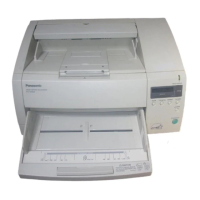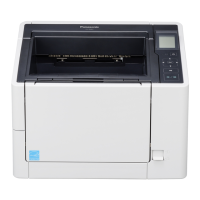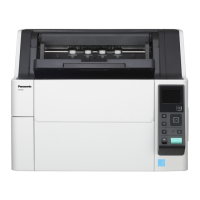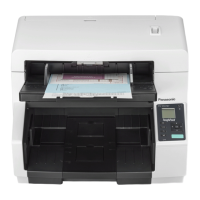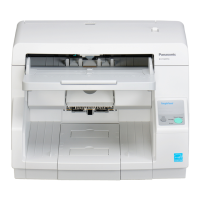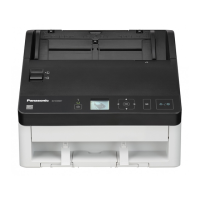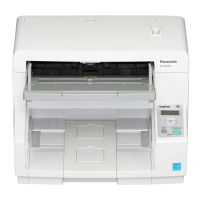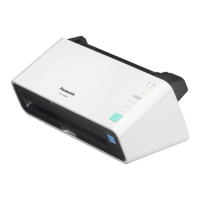Model No. KV-S2065L / KV-S2065W
These instructions contain the information on operating the scanner. Before reading these
instructions, please go through the installation manual enclosed with this unit.
Please carefully read these instructions, the enclosed installation manual and maintenance
manual. Keep these documentation in safe place for future reference.
Keep the CD-ROM in the protective case. Do not expose the CD-ROM to direct sunlight or
extreme heat and do not scratch or smudge the surface of the CD-ROM.
